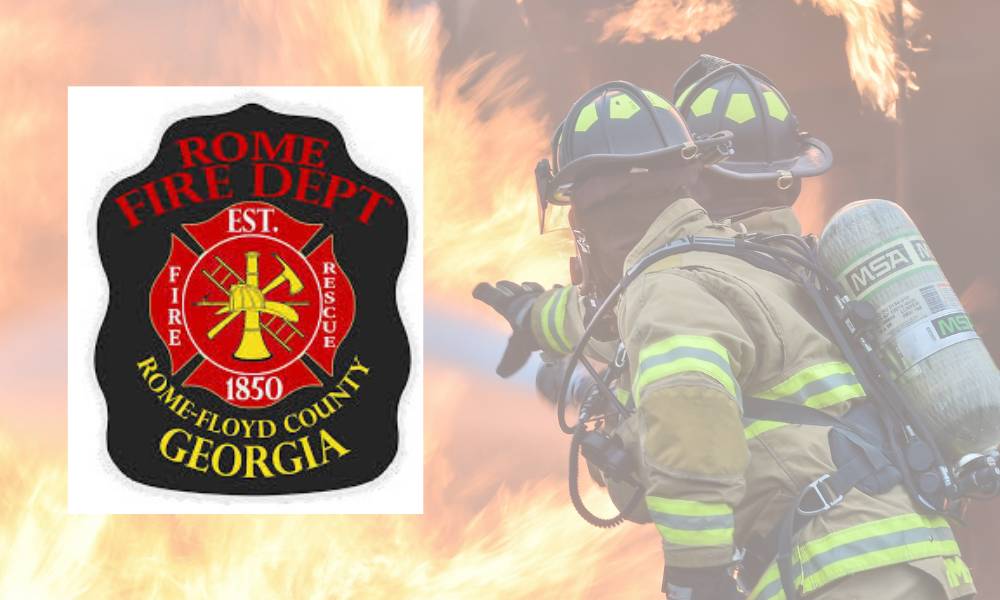
Rome-Floyd County Fire Department Chief, Troy Brock said, “This is a great example of multiple agencies working together for the good of the community. Special thanks goes to Water and Sewer Director, Mike Hackett, Floyd County Water Director, Steve Hulsey, and Emergency 911 Director, John Blalock for their assistance in achieving this rating.”
Below is an explanation provided by the Insurance Services Office (ISO) on the classification program and how it affects the community:
ISO’s Public Protection Classification Program (PPC) plays an important role in the underwriting process at insurance companies. In fact, most U.S. insurers – including the largest ones – use PPC information as part of their decision-making when deciding what business to write, coverage’s to offer or prices to charge for personal or commercial property insurance.
Each insurance company independently determines the premiums it charges its policyholders. The way an insurer uses ISO’s information on public fire protection may depend on several things – the company’s fire-loss experience, ratemaking methodology, underwriting guidelines, and its marketing strategy.
Through ongoing research and loss experience analysis, we identified additional differentiation in fire loss experience within our PPC program, which resulted in the revised classifications. We based the differing fire loss experience on the fire suppression capabilities of each community. The new classifications will improve the predictive value for insurers while benefiting both commercial and residential property owners. We’ve published the new classifications as “X” and “Y” — formerly the “9” and “8B” portion of the split classification, respectively. For example:
-
- A community currently graded as a split 6/9 classification will now be a split 6/6X classification; with the “6X” denoting what was formerly classified as “9.”
- Similarly, a community currently graded as a split 6/8B classification will now be a split 6/6Y classification, the “6Y” denoting what was formerly classified as “8B.
- Communities graded with single “9” or “8B” classifications will remain intact.
- Properties over 5 road miles from a recognized fire station would receive a class 10.
PPC is important to communities and fire departments as well. Communities whose PPC improves may get lower insurance prices. PPC also provides fire departments with a valuable benchmark, and is used by many departments as a valuable tool when planning, budgeting and justifying fire protection improvements.
ISO appreciates the high level of cooperation extended by local officials during the entire PPC survey process. The community protection baseline information gathered by ISO is an essential foundation upon which determination of the relative level of fire protection is made using the Fire Suppression Rating Schedule.
The classification is a direct result of the information gathered, and is dependent on the resource levels devoted to fire protection in existence at the time of survey.
ISO is the leading supplier of data and analytics for the property/casualty insurance industry. Most insurers use PPC classifications for underwriting and calculating premiums for residential, commercial and industrial properties. The PPC program is not intended to analyze all aspects of a comprehensive structural fire suppression delivery system program. It is not for purposes of determining compliance with any state or local law, nor is it for making loss prevention or life safety recommendations.
Jessica Szilagyi is a former Statewide Contributor for AllOnGeorgia.com.


Chattooga Opinions
The Joy of the Journey: Rest for the Soul

Chattooga Local News
Reminder: Summerville’s Independence Day Celebration is Almost Here!

Georgia Politics
Sen. Ossoff Statement on Okefenokee Swamp Land Deal

Bulloch Public Safety
06/09/2025 Booking Report for Bulloch County

Bulloch Public Safety
05/27/2025 Booking Report for Bulloch County

Bulloch Public Safety
06/02/2025 Booking Report for Bulloch County

Bulloch Public Safety
06/16/2025 Booking Report for Bulloch County

Bulloch Public Safety
06/06/2025 Booking Report for Bulloch County






